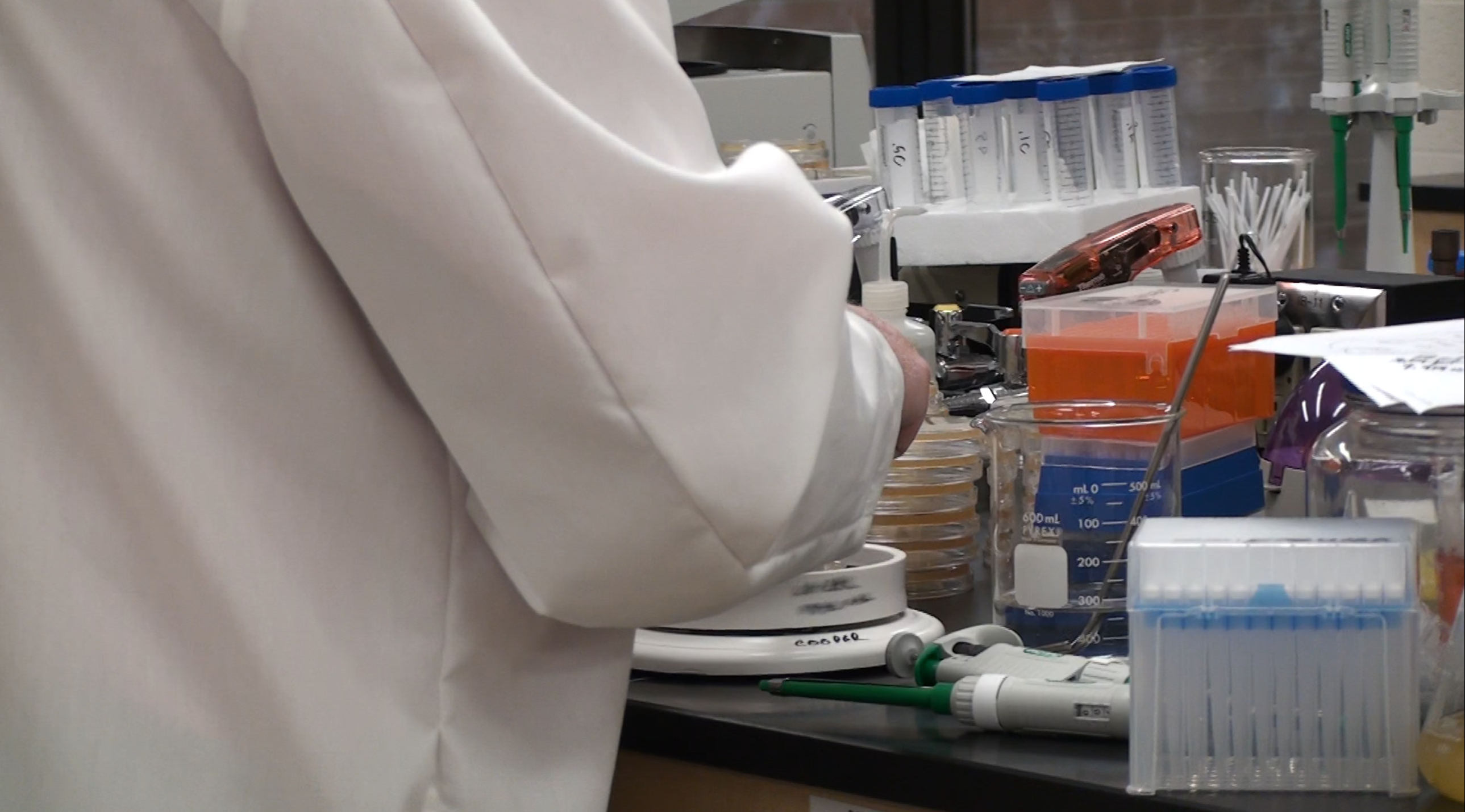By Emily McCarthy
Chairman, president and CEO of Halberd Corporation William A Hartman graduated from YSU in 1964. After seeing how little work was being done for diseases like Alzheimer’s, he decided there was where he wanted to compete.
Research is being conducted at Youngstown State University studying the treatment of E-coli, Alzheimer’s disease, Post Traumatic Stress Disorder and other illnesses. Halberd Corporation, a biotechnology company in Jackson Center, Pennsylvania, that primarily focuses on neurologic and blood-borne diseases, is now partnering with YSU, along with Arizona State University and GreenBioAZ.
“Alzheimer’s disease is terrible, terrible, terrible,” he said. “To watch my father, a very strong man, become a child, it’s terrible. I mean, there’s no cure … They put them into an institution and that’s it. We decided that’s where we wanted to compete … since nobody’s doing it, we’re going to do it, and we’re going to do it better than anyone else in the world.”
The treatment of PTSD was also very important to Hartman, as he watched the rising suicide rates of soldiers and veterans in 2015, and the effects it had on sports players. Seeing the harsh effects of many drugs treating various diseases, he began studying ways of eradicating diseases with a laser.
“We treat disease outside of the body,” he said. “When you ingest drugs into your system, your entire body is affected and what we do is … we can literally treat any disease and we do it extra corporately.”
Gregg Sturrus, chair of the Physics, Astronomy, Geology and Earth Sciences Department, is leading the team at YSU and working with the students of the Choose Ohio First program. He specializes in the work done with Radio Frequency Disease Elimination. Sturrus said E-coli was their beginning “proof of concept,” seeing the effects of the laser before further use.
“This is a generally applicable technique … you can’t as a bacteria or a protein resist this treatment. It’s a laser. It’s going to burn you … there’s no, ‘Oh, I developed a resistance.’ No. It’s hot,” he said. “You’re not going to say, ‘Well in 10 years it’s not going to work anymore.’”
Sturrus is also working with other YSU faculty, such as Chet Cooper, professor of biological sciences and Michael Crescimanno, professor of physics. He said he learned a lot from the work they’ve been doing.
“I think he [Hartman] called me in February of this year, or maybe March. So it hasn’t been that long,” he said. “I personally get to learn a lot about what biology people do.”
Sarah Rambo, a third-year student studying mathematics, physics and astronomy, is among the students involved in the research at YSU. She joined the team after asking if there were any opportunities for her to either participate in research or spectate.
“I was instantly interested in this particular research project because I have always wanted to go into the medical field, but after taking calculus I and II in high school, I fell in love with mathematics and changed my career plans,” she said. “This project has shown me that I can combine medicine with math and physics, so much so that I have decided to study medical physics after graduation.”
Rambo said she feels they have made a lot of progress since she started in the summer and is definitely proud to be a YSU Penguin.
